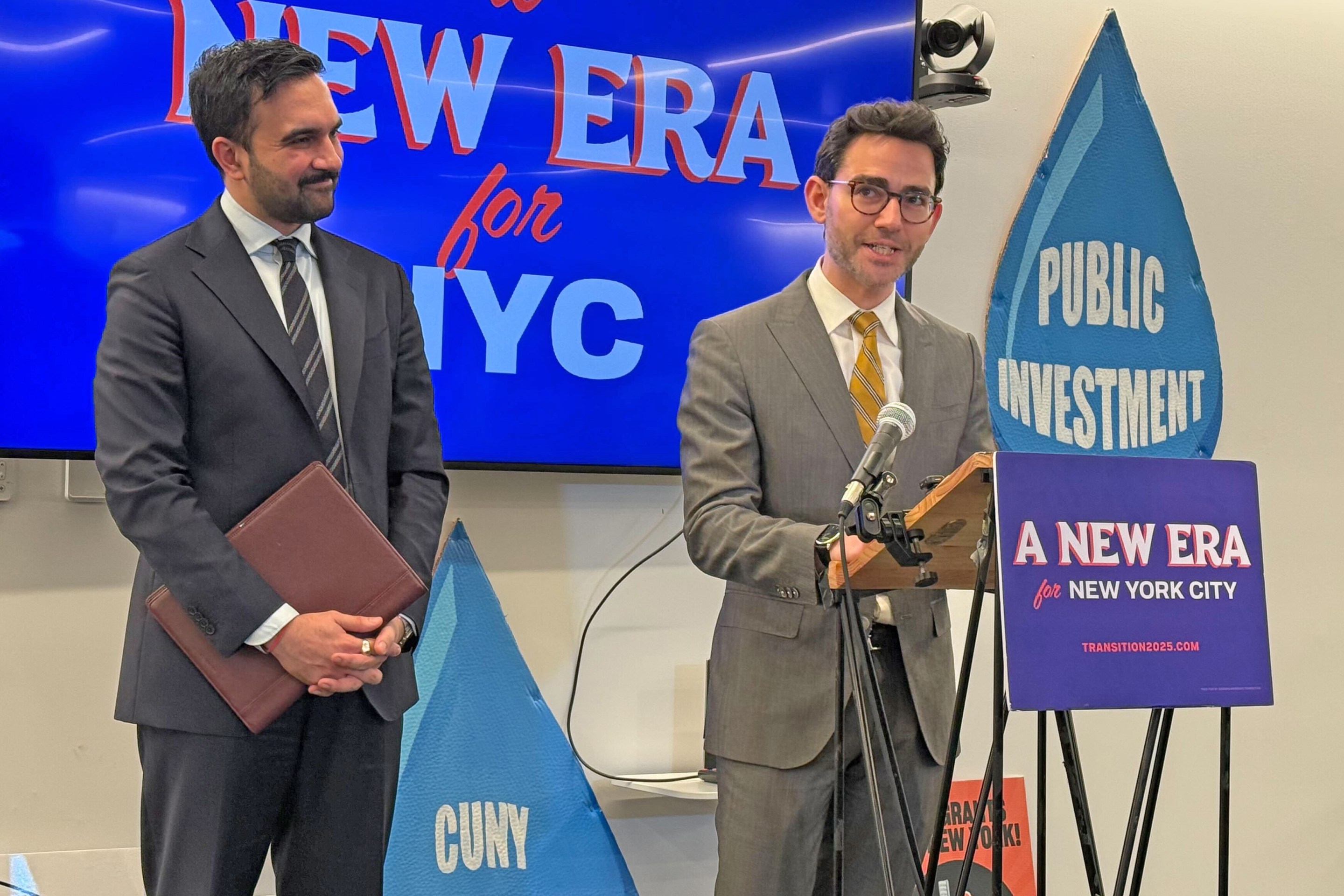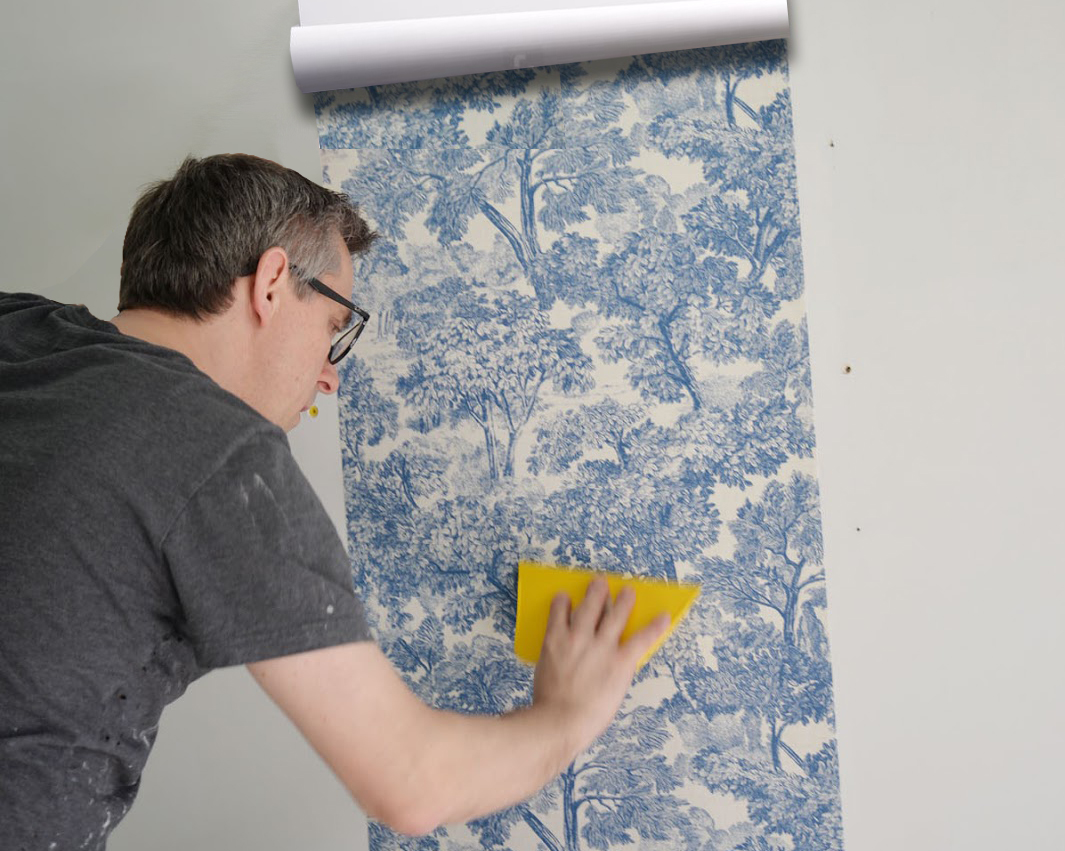
Few things evoke carmaggedon hysteria quite like the construction of a tall residential building. As Austin has seen more growth, some have seized on the relatively few high-density housing developments as a source of the region's traffic problem.
But housing density is not the cause of traffic congestion, says Carrie Gammell at Car Free Austin:
It seems that local media outlets constantly bemoan the statistic that 110 people move to Austin on an average day. Tall buildings, skyscrapers, 10-to-50-story buildings full of people are presumably to blame. Meanwhile, the city is still not as dense as it was in 1950, 1960, 1970, or 1980.
In fact, 2015 Austin is only 68% as dense as 1950 Austin.
1950 Austin had no towers. An aerial photograph of the city shows a downtown almost entirely covered with trees and buildings, the tallest of which was the Texas State Capitol.
1950 Austin had no I-35. Residents traversed the city in buses manned by Austin Transit Corporation, Greyhound Lines, and Continental Trailways.
On the other hand, 2010 Austin had eighteen towers taller than the Texas State Capitol. It had I-35, Loop 1, SH-71, and US 183. While it may appear that our present-day city is more crowded and the traffic less manageable, that feeling of encroachment is most certainly due not to an increase in people but to an increase in cars, an increase in asphalt. Over time blocks of historic houses were destroyed to make way for expressway feeders. Parks and greenbelts were devastated to make way for commuters’ vehicular storage. Previous generations literally “paved paradise and put up a parking lot.”
Elsewhere on the Network today: Better Institutions says transit in Seattle is held hostage to state highway-building interests. Transport Providence has ideas on how to improve RIPTA’s No. 1 bus route. And City Beautiful 21 says it's important to understand the concept of "filtering" in discussions on affordable housing.





